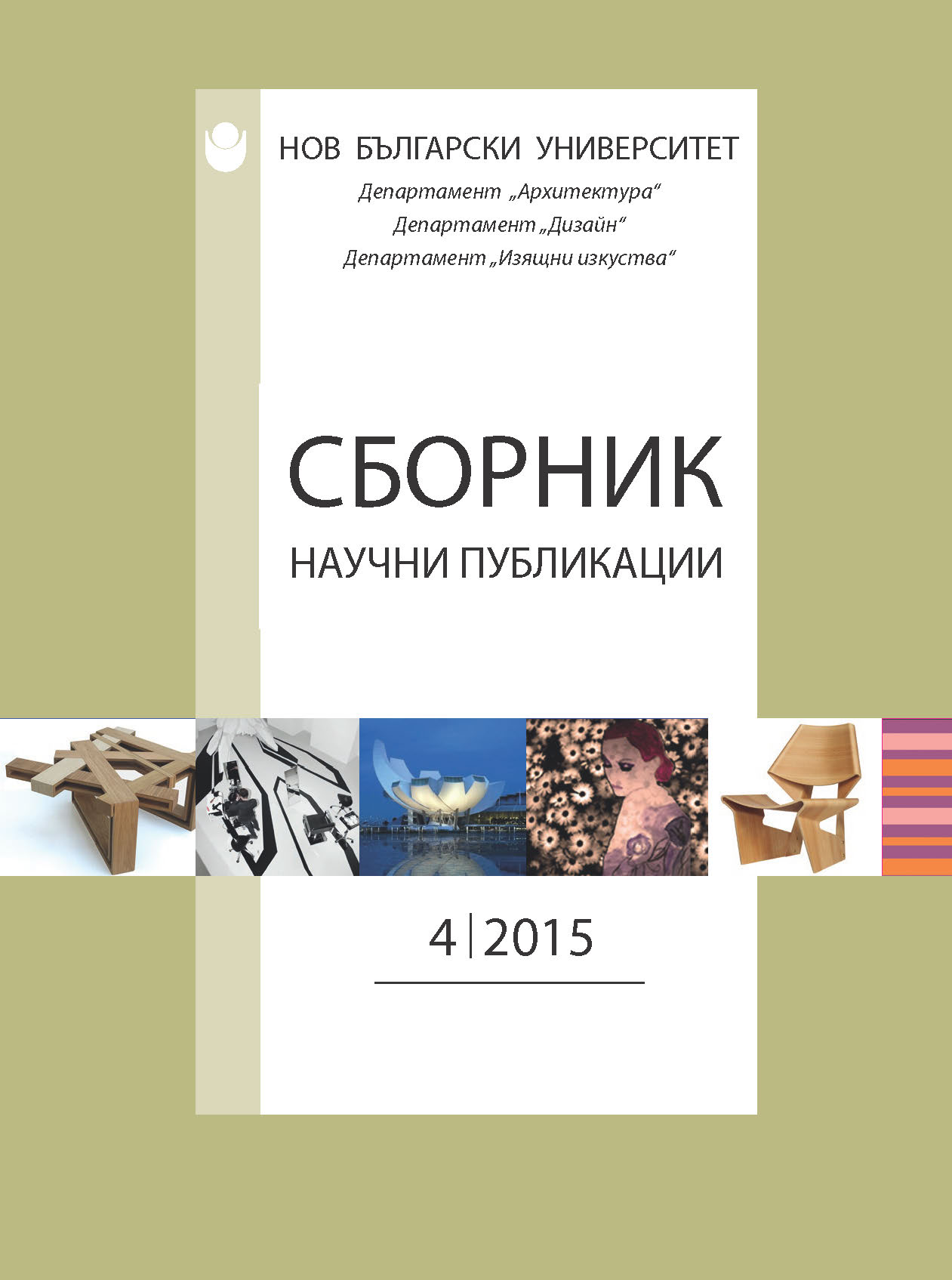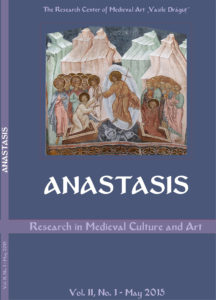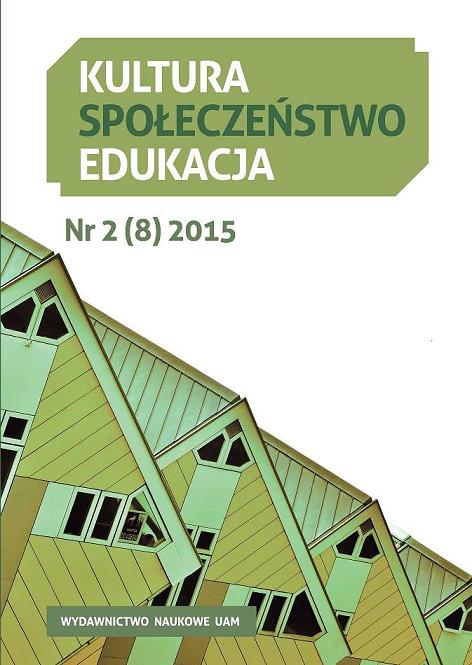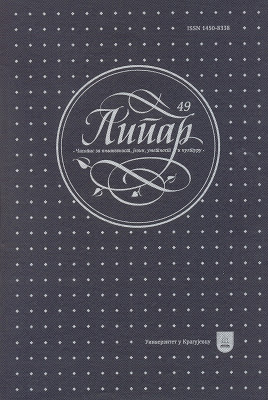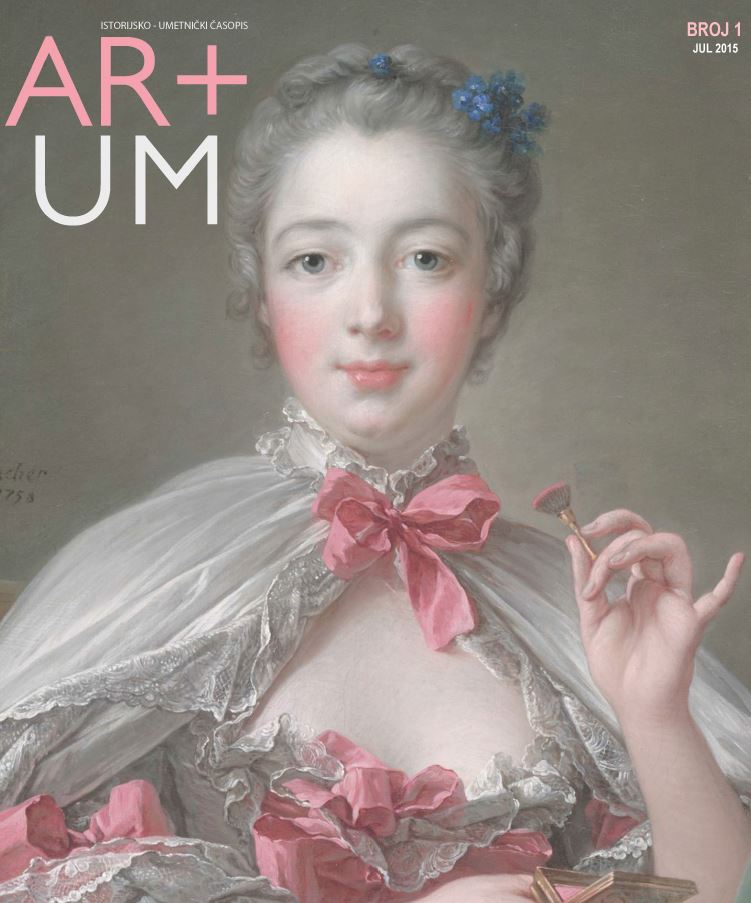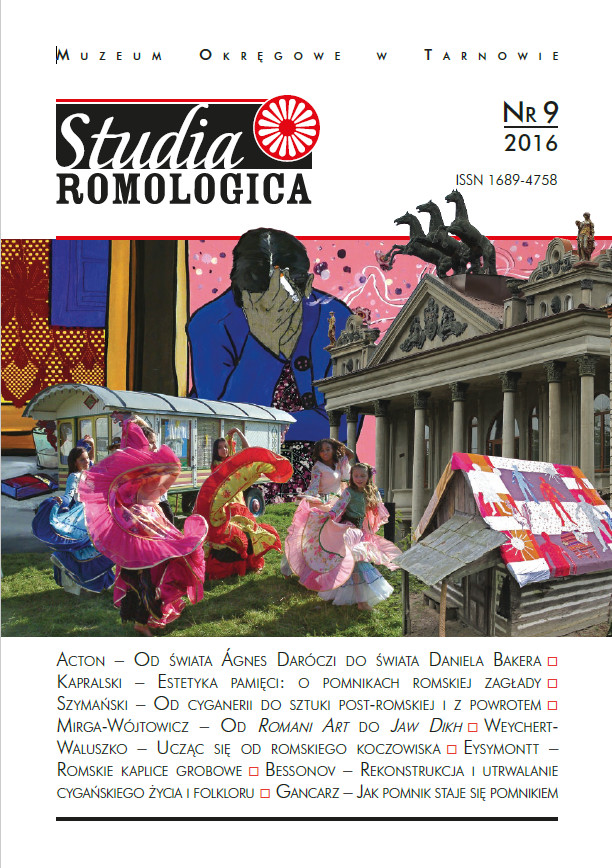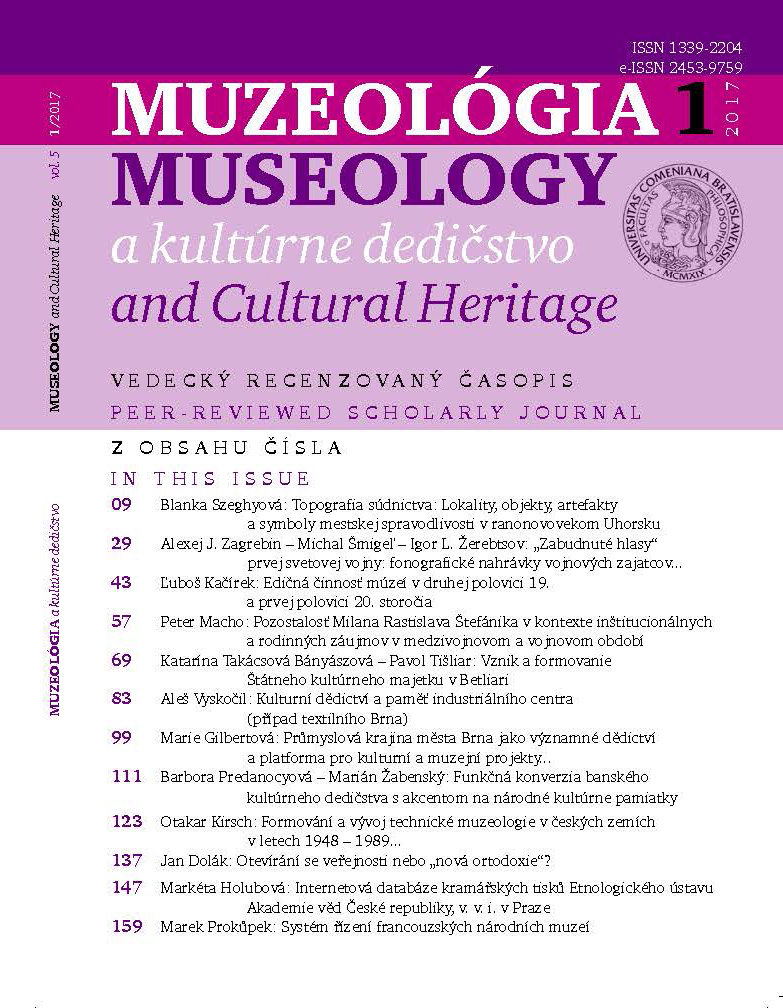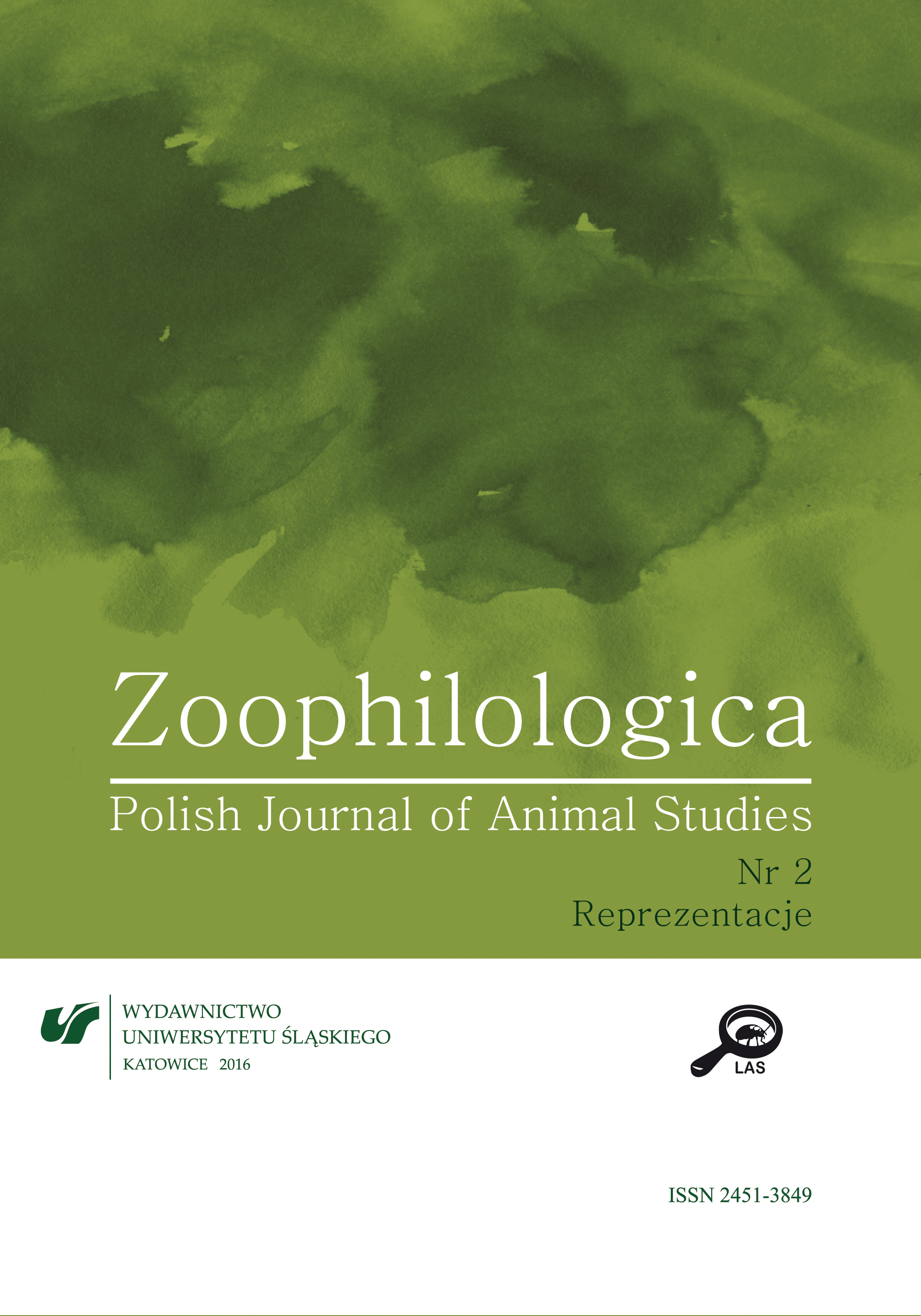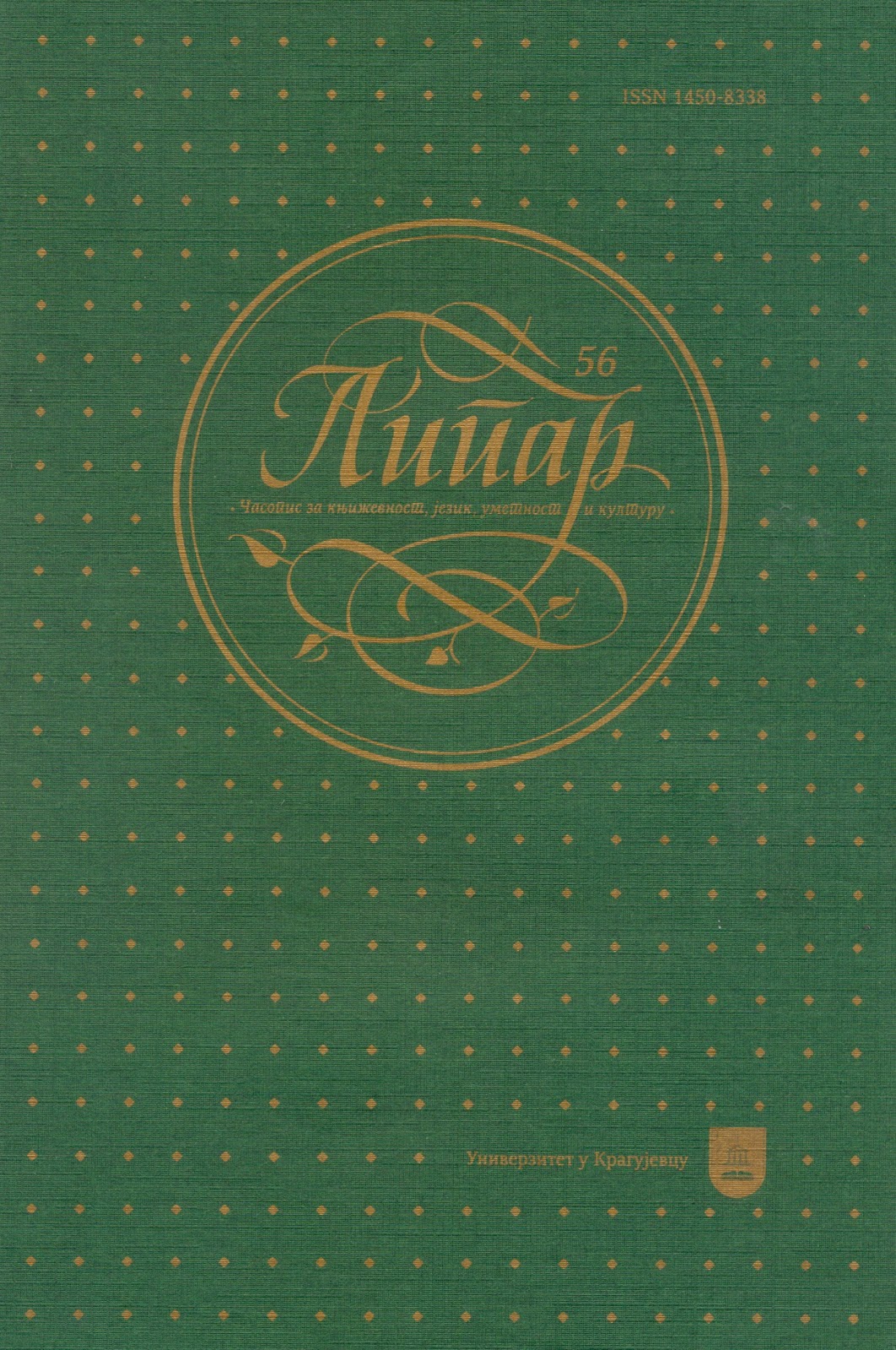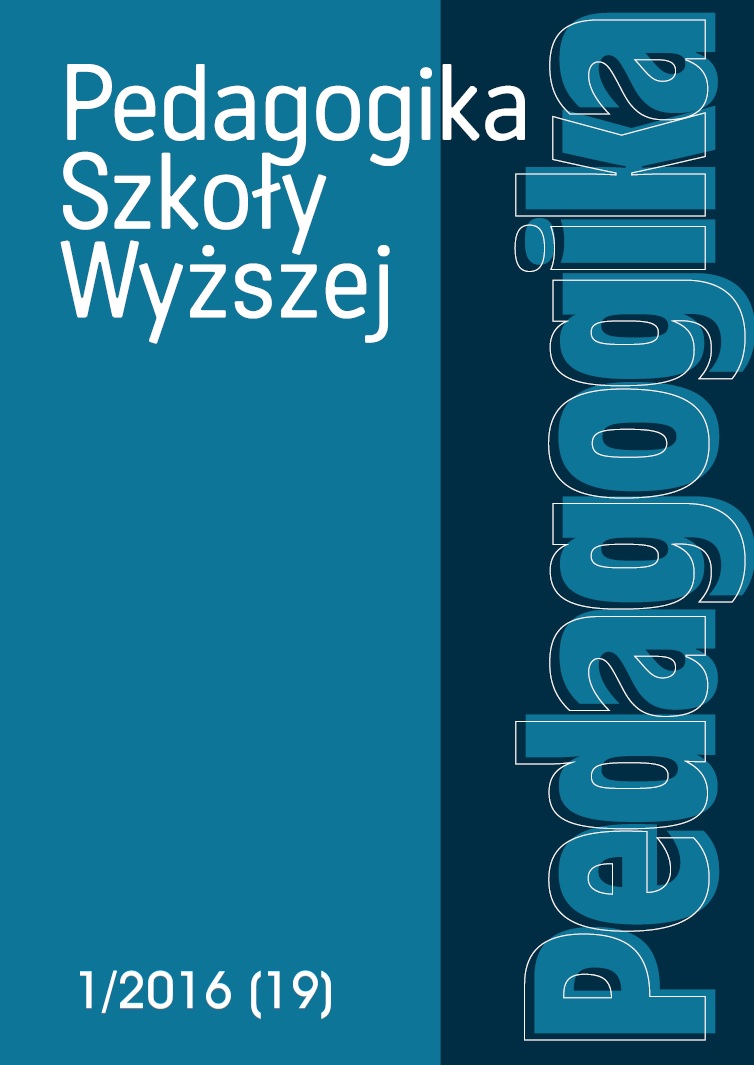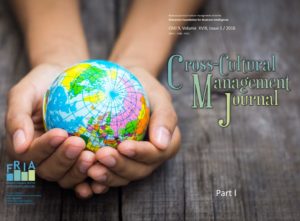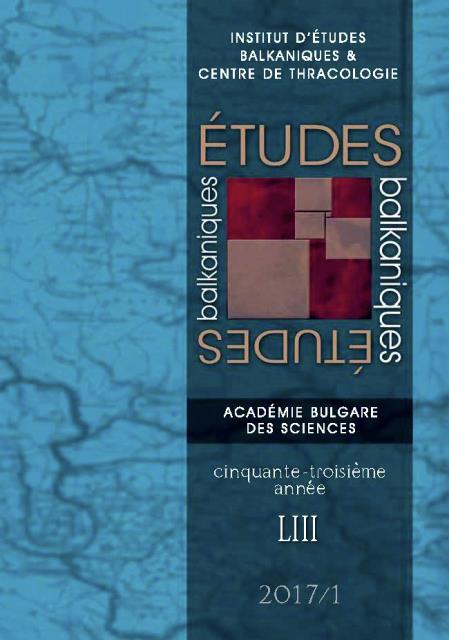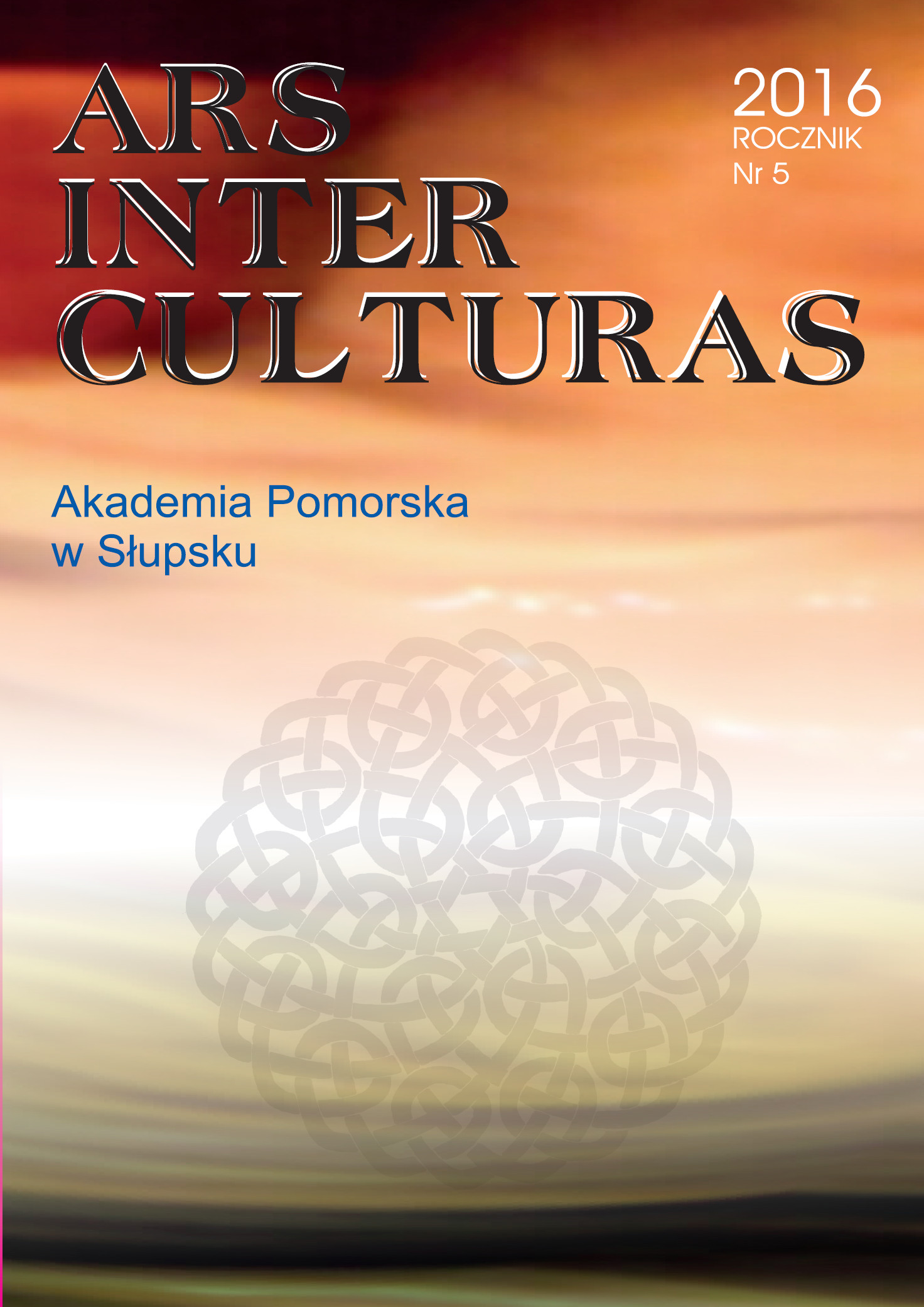Author(s): Wojciech Szymański / Language(s): English,Polish,Romany
Issue: 1/2016
The paper entitled La Bohème to post-Roma art and back. Mapping of Czarna Góra makes an attempt to define and display Roma contemporary art today. In its first part the history of bohemianism seen as a cultural background for European artistic modernism has been shown. Popular views and unjustified beliefs concerning 19th-century Roma communities were crucial and basic for the beginning of the bohemian, early-modern art and life. The moment of break off between bohemian artists and Roma art is also discusses. Although, the 19th-century Roma communities were a decisive impulse for the emergence of modernist avant-garde movements, their own artistic production was classified as a kind of unprofessional, naïve, folk art and as such attracted ethnographers’ and ethnologists’ interest rather than art historians’ or critiques’ fascination. This state of affairs was accurate until the early 21st century when the first exhibitions of Roma contemporary art came out. According to the author the most important feature of Roma contemporary artis its transnational character. In the second part of the paper two strategies of practicingand introducing Roma contemporary art have been presented: the first onecharacterised by a very strong transnational but ethnic component and the secondone described here as the post-Roma approach. The latter abandons an attempt todefine its own ethnicity and, instead, focuses on hybrid, transversal, and precarious beings. Czarna Góra (Rom. Kali Berga, Eng. Black Mountain), a Polish-Roma villagewhere plein-air workshops and artistic residencies for both Roma and not-Roma artists take place is presented as this kind of post-Roma strategy.The paper entitled La Boheme to post-Roma art and back. Mapping of Czarna Gora makes an attempt to define and display Roma contemporary art today. In its first part the history of bohemianism seen as a cultural background for European artistic modernism has been shown. Popular views and unjustified beliefs concerning 19th-century Roma communities were crucial and basic for the beginning of the bohemian, early-modern art and life. The moment of break off between bohemian artists and Roma art is also discusses. Although, the 19th-century Roma communities were a decisive impulse for the emergence of modernist avant-garde movements, their own artistic production was classified as a kind of unprofessional, naïve, folk art and as such attracted ethnographers’ and ethnologists’ interest rather than art historians’ or critiques’ fascination. This state of affairs was accurate until the early 21st century when the first exhibitions of Roma contemporary art came out. According to the author the most important feature of Roma contemporary art is its transnational character. In the second part of the paper two strategies of practicing and introducing Roma contemporary art have been presented: the first one characterized by a very strong transnational but ethnic component and the second one described here as the post-Roma approach. The latter abandons an attempt to define its own ethnicity and, instead, focuses on hybrid, transversal, and precarious beings. Czarna Gora (Rom. Kali Berga, Eng. Black Mountain), a Polish-Roma village where plein-air workshops and artistic residencies for both Roma and not-Roma artists take place is presented as this kind of post-Roma strategy.
More...
